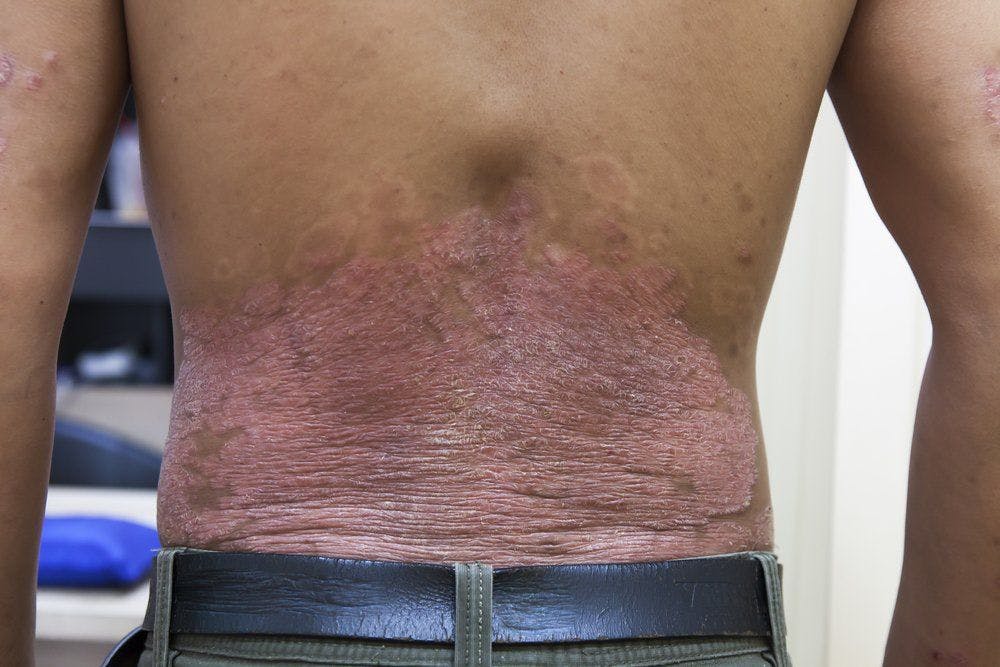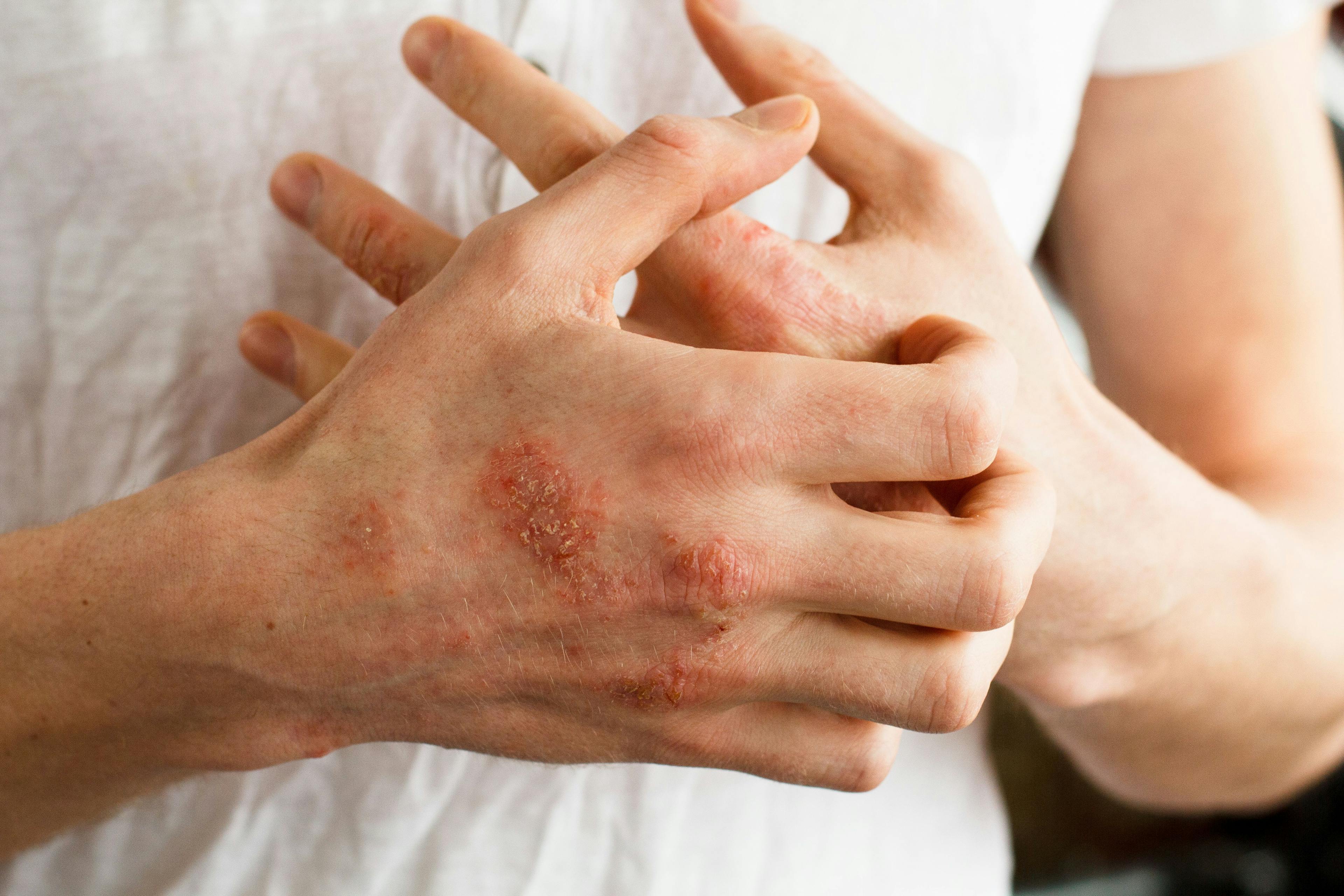- Acne
- Actinic Keratosis
- Aesthetics
- Alopecia
- Atopic Dermatitis
- Buy-and-Bill
- COVID-19
- Case-Based Roundtable
- Chronic Hand Eczema
- Chronic Spontaneous Urticaria
- Drug Watch
- Eczema
- General Dermatology
- Hidradenitis Suppurativa
- Melasma
- NP and PA
- Pediatric Dermatology
- Pigmentary Disorders
- Practice Management
- Precision Medicine and Biologics
- Prurigo Nodularis
- Psoriasis
- Psoriatic Arthritis
- Rare Disease
- Rosacea
- Skin Cancer
- Vitiligo
- Wound Care
Publication
Article
Dermatology Times
Digital Dermatology: Opportunities for Atopic Dermatitis
At the RAD 2022 Conference, Steve Xu, MD, MSc, explains how a wearable sensor can better track the progression of atopic dermatitis while a patient is sleeping.
In his session “Digital Dermatology: Opportunities for Atopic Dermatitis,” Steve Xu, Md, MSc, CEO and Co-Founder Sibel Health, Niles, Illinois; and Medical Director, Querrey Simpson Institute for Bioelectronics of Northwestern University Chicago, Illinois, shared some of his exciting research when it came to wearable devices to screen for scratching during sleep for patients with atopic dermatitis (AD).
When it comes to new technologies in the area of AD, Xu notes there is a flood of new choices on the market, including watches, patches, and non-contact devices.
“Our experience in researching and developing digital dermatology sensors includes looking at behavioral (scratching) environmental (UV rays) and barrier function (skin hydration), as well as mechanical issues and sweat, in developing digital dermatology sensors,” says Xu.
Xu went on to note that scratch sensors can come in a variety of different devices, including wearable watches or small sensor screens, bedframe sensors, and separate itch trackers. Xu and his team developed something called the Advanced Acousto-Mechanic Sensor (ADAM), which is mounted on the skin to capture frequency, intensity, and even sound of scratching during sleep. Xu then walked the audience through experimental set-ups of ADAM with both a child and adult, where an infrared camera screen captured movements of scratching during the course of a night, and motion signals predict the likelihood of scratch.
“The scratch data can be downloaded to the cloud where both patient/parent and physician can view it,” says Xu. “Patients really like it, because they can track how much they are scratching at night, and whether or not they are progressing when it comes to the management of their disease.”
With the device, dermatology practitioners and caregivers can track how well itch is being controlled in patients at home to monitor for treatment response as well as early signs of worsening disease. The sensor was accepted into the Food and Drug Administration’s Drug Development Tool program, which allows novel devices like this sensor to be qualified to aid in the approval of new drugs.
Reference
Xu S. Digital dermatology: opportunities for atopic dermatitis (non-CME). RAD 2022 Conference; December 11, 2022.

Newsletter
Like what you’re reading? Subscribe to Dermatology Times for weekly updates on therapies, innovations, and real-world practice tips.


























